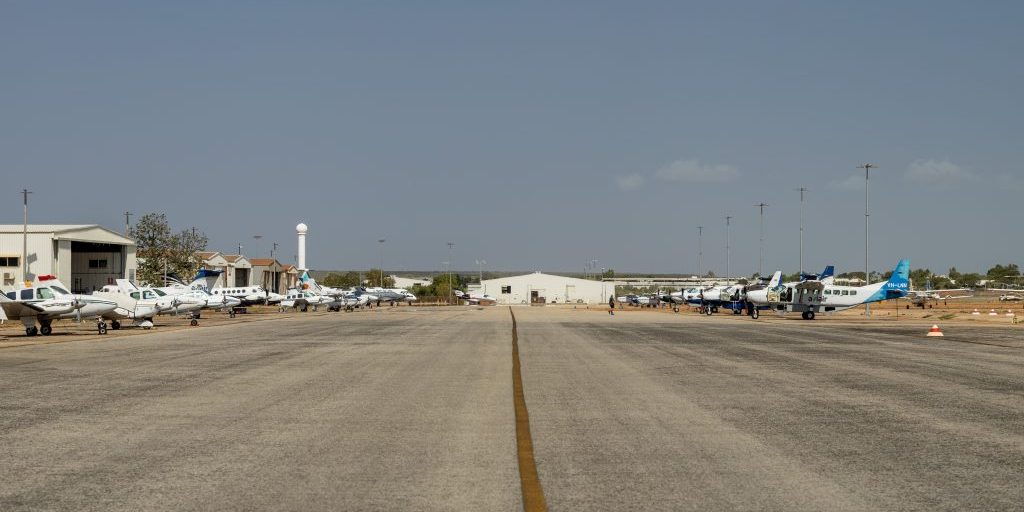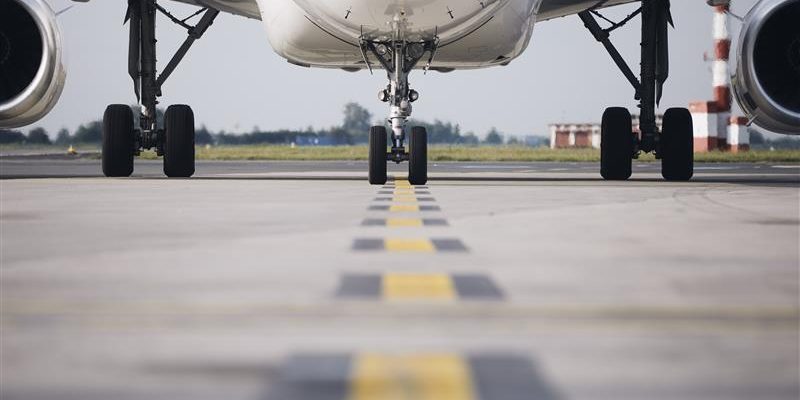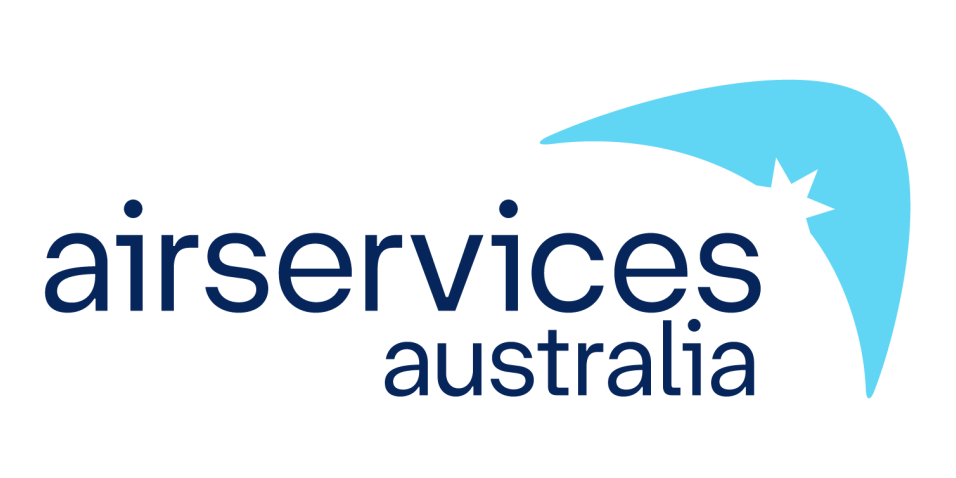The nation’s air navigation service provider, Airservices Australia, is today celebrating International Day of the Air Traffic Controller.
Airservices is proud of its world-class safety record and safety-first culture.
Our highly skilled air traffic controllers are among the world’s best, managing the safe and orderly flow of aircraft into, out of, and between airports throughout Australia.
Guardians of the Australian sky, Airservices’ air traffic controllers are the unsung heroes who safely and efficiently guide an average of 3,800 planes every day, in perfect harmony – protecting both the Australian travelling public and our customer airlines.
Airservices employs 1000 operational and non-operational ATCs to manage 11 per cent of the world’s airspace. There are a further 65 ATCs in training.
We are based around the country, operating from 29 airport control towers, two major centres in Melbourne and Brisbane and terminal control units in Sydney and Perth.
This year, our controllers are proudly wearing special commemorative polo shirts featuring our Reconciliation Action Plan artwork by Kalkadoon Artist Luke Duffy.
Airservices CEO Jason Harfield said International Day of the Air Traffic Controller was important recognition for our hard-working controllers.
“Our eyes are on the sky at all phases of flight – the role of an air traffic controller is pivotal to safeguarding Australia’s air safety,” Mr Harfield said.
“It’s great to see our world-class air traffic controllers acknowledged for their highly specialised, demanding and critical roles. We’re proud of their passion, commitment and outstanding skills.”
Airservices is always on the lookout for new talent – recruiting up to 140 trainees per year.
To learn more about the air traffic controller trainee program, register your interest here.
About Airservices
Airservices Australia is responsible for the safe and efficient management of 11 per cent of the world’s airspace and the provision of aviation rescue fire fighting services at Australia’s busiest airports. We connect people with their world safely – linking family and friends, generating economic activity, creating jobs and facilitating trade and tourism.



